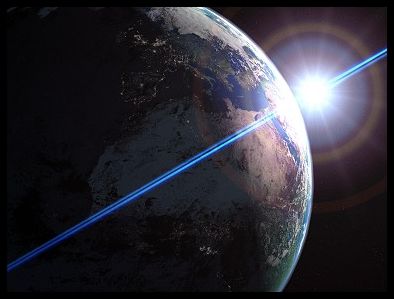
Life in the Universe
Prof. Scott Gaudi

|
Astronomy 141 Life in the Universe Prof. Scott Gaudi |
Key Ideas
Death on Earth
Cosmic Collisions
The Empty Empty Sky
A Dying Universe
Stelliferous Era: 106 years -> 1014 years
End of Star Formation
The Littlest Stars
End of Life?
Degenerate Era: 1014 years -> 1045 years
Solar System "Evaporation"
Dissolution of Galaxies
Dissolution of Matter?
End of Life?
Black Hole Era: 1045 years -> 10100 years
Evaporation of Black Holes
Dark Era: >10100 years
End of Life?
See A Note about Graphics to learn why the graphics shown in the lectures are generally not reproduced with these notes.
[ Return to the Astronomy 141 Main Page | Unit 5 Page ]